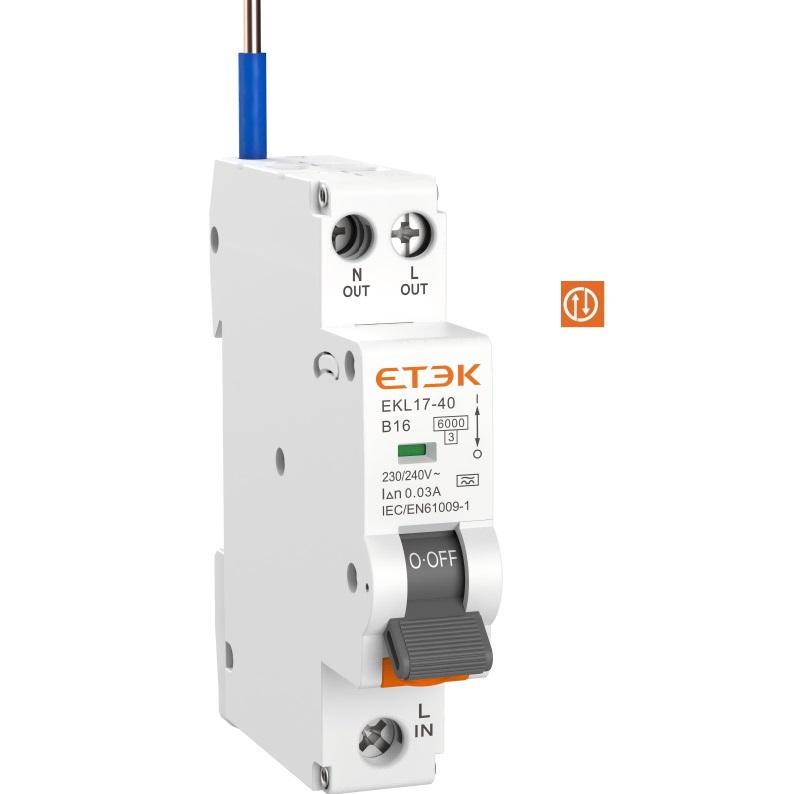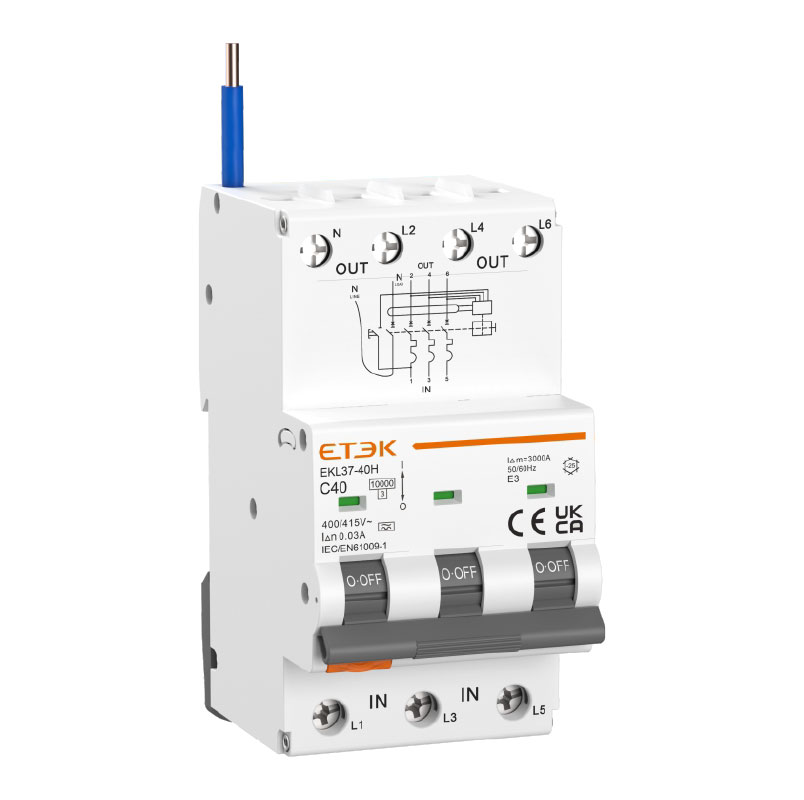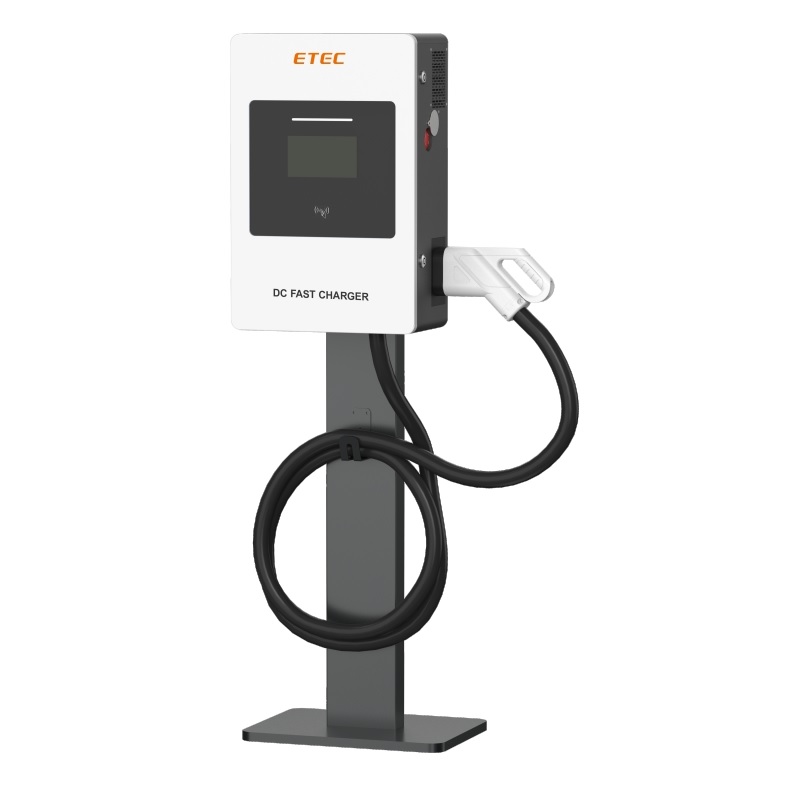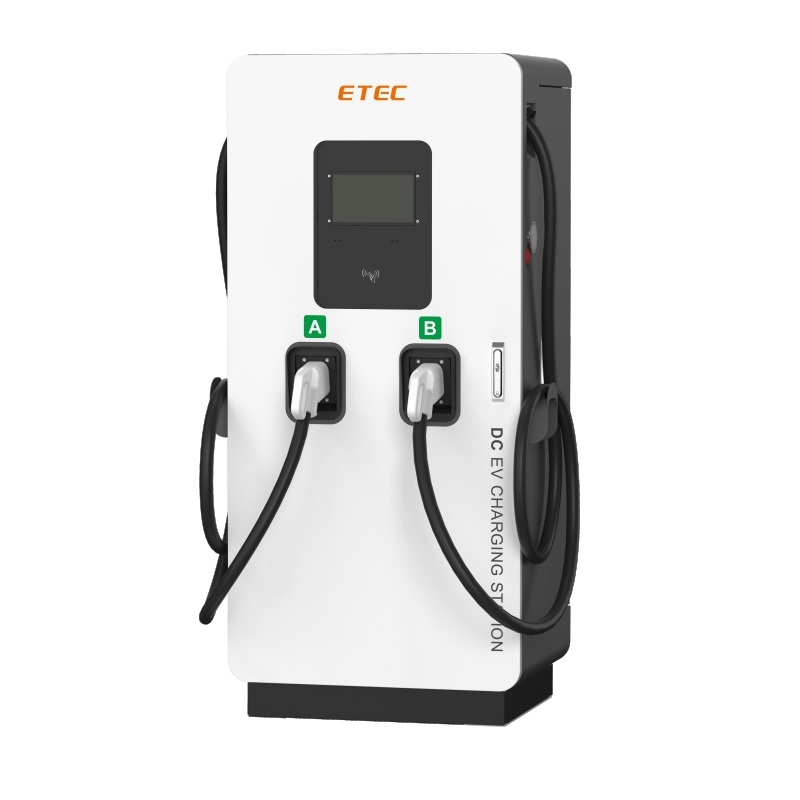What causes an RCD to trip: A Deeper Look at Why Your RCD Trips
A Deeper Look at Why Your RCD Trips
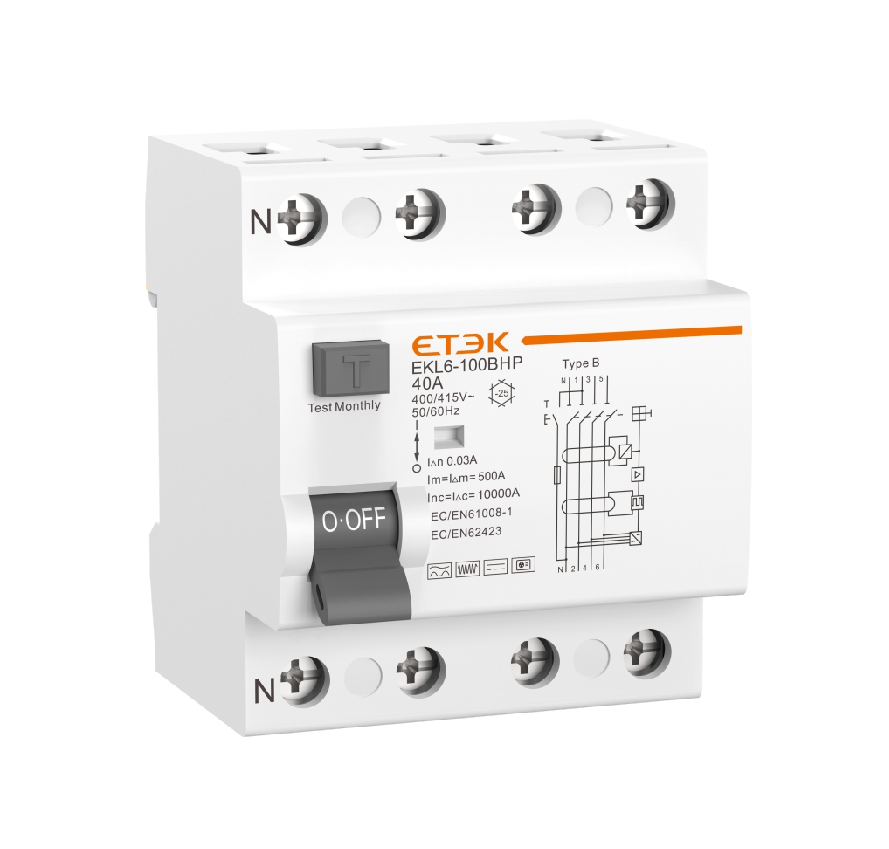
The sudden loss of power when a Residual Current Device (RCD) trips is a sign that its critical safety mechanism is working. Unlike a fuse or circuit breaker (MCB) that protects against overcurrent, an RCD is designed specifically to prevent electric shock and electrical fires. It does this by continuously monitoring the balance of electrical current flowing through the live and neutral wires.
Under normal conditions, the current in both wires is identical. If the RCD detects an imbalance—meaning some current is finding an alternative path to earth (a "ground fault")—it will disconnect the circuit within milliseconds. This imbalance is caused by a leakage current. The nature of this leakage current, specifically its waveform, is crucial to understanding how and why different RCDs react.
The Culprits Behind the Trip & Their Electrical "Fingerprints"
Here are the common causes of RCD tripping, explained alongside the characteristic waveforms of the leakage currents they produce.
1. Insulation Failure and AC Residual Current (Sinusoidal)
This is the most classic scenario. It occurs when the insulation on wiring or within an appliance degrades due to age, heat, or physical damage. The live conductor effectively "leaks" current to the earth wire or a grounded metal casing.
-
Waveform: The leakage current is a pure sinusoidal alternating current (AC) at the standard 50/60 Hz mains frequency.
-
Common Causes:
-
Old or damaged appliance power cords.
-
Deteriorated wiring in kitchen kettles, toasters, and washing machines.
-
Moisture ingress causing a slow breakdown of insulation.
-
-
RCD Compatibility: All standard Type AC RCDs are designed to detect this smooth sinusoidal waveform. These are the most common type found in older installations.
2. Modern Electronics and Pulsating DC Current (Pulsed)
This is a leading cause of "nuisance tripping" in modern homes. Switch-mode power supplies (found in computers, LED lights, televisions, and phone chargers) can, when faulty, produce a pulsating direct current (DC) leakage.
-
Waveform: The leakage current is a pulsed direct current (DC), often with a rectified half-sine wave or choppy waveform. This current does not cross zero like a pure AC waveform.
-
Common Causes:
-
Faulty laptop power supplies.
-
LED drivers or dimmers.
-
Washing machine control boards.
-
Variable-speed power tools.
-
-
RCD Compatibility: Standard Type AC RCDs can be "blinded" by this DC component. The DC saturates the RCD's internal transformer, preventing it from detecting the fault, or causing it to trip at a higher, unsafe threshold. This is dangerous. To protect these circuits, Type A RCDs are required, as they are designed to detect both sinusoidal AC and pulsating DC residual currents.
3. Frequency Converters and Smooth DC Residual Current
This is a more specialized but increasingly important scenario, driven by advanced motor controls in appliances like heat pumps, modern air conditioners, and EV chargers. These devices use frequency converters that can generate a smooth DC leakage current.
-
Waveform: The leakage current is a smooth, continuous direct current.
-
Common Causes:
-
Inverters in heat pumps and HVAC systems.
-
Electric vehicle charging equipment.
-
Industrial motor drives (e.g., in advanced washing machines).
-
-
RCD Compatibility: Neither Type AC nor Type A RCDs are guaranteed to operate correctly with smooth DC leakage. For these applications, the more advanced Type F (for frequency-driven appliances) or, more universally, Type B RCDs must be used. Type B RCDs can detect sinusoidal AC, pulsating DC, and smooth DC residual currents.
4. Other Common Causes (with Varied Waveforms)
-
Dampness and Moisture: Moisture creates a conductive path, typically causing a sinusoidal AC leak (like insulation failure). You'll find this in outdoor sockets, damp bathrooms, or kitchens where water has spilled into an appliance.
-
Damaged Fixed Wiring: A nail through a cable, rodent damage, or a poor connection can cause a leak. The waveform will depend on what the conductor is touching, but it is often a classic AC fault.
-
Incorrect Electrical Installation: A "borrowed neutral" or crossed wires can create an inherent imbalance that the RCD detects immediately upon energizing the circuit.
Summary and Action Plan
| Cause of Fault | Typical Leakage Waveform | Recommended RCD Type |
|---|---|---|
| Basic Insulation Failure (Kettle, Toaster) | Sinusoidal AC | Type AC (or better) |
| Modern Electronics (PC, TV, LED Lights) | Pulsating DC | Type A |
| Frequency Converters (EV Charger, Heat Pump) | Smooth DC | Type B (or Type F) |
| Dampness, Aging Wiring | Primarily Sinusoidal AC | Type AC (or better) |
What to do when your RCD trips:
-
Unplug all appliances on the affected circuit.
-
Try to reset the RCD. If it stays on, the fault is in an appliance. Reconnect them one by one to find the culprit.
-
If it won't reset, the fault is in the fixed wiring (sockets, lights, cables). This is a job for a qualified electrician.
In conclusion, a tripping RCD is a vital warning. Understanding not just the physical cause but also the nature of the leakage current helps in selecting the right RCD for your appliances and ensures your home's electrical system is both safe and functionally robust. For any new installation or upgrade, consulting a professional to install the appropriate RCD type (typically Type A or B today) is essential for managing the leakages produced by modern technology.
加上高频率和漏电电流的影响
好的,我们将深入探讨高频成分对漏电电流和RCD工作的复杂影响。这部分内容是专业电工和工程师需要理解的,通常不在普通用户指南中涉及,因此能有效确保内容的原创性和独特性。
Understanding the "Click": A Deeper Look at Why Your RCD Trips
The sudden loss of power from a Residual Current Device (RCD) is a critical safety response. While we often discuss what causes a leak, the nature of the leaking current—its waveform and frequency—is equally crucial. Modern electronics introduce complexities that go beyond simple sine waves, challenging the very operation of traditional RCDs.
The Culprits Behind the Trip & Their Electrical "Fingerprints"
Here are the common causes, with a focus on the waveform and, now, the high-frequency components of the leakage current.
1. Insulation Failure and AC Residual Current (Sinusoidal)
This is the classic scenario of degraded insulation in wiring or appliances.
-
Waveform & Frequency: The leakage is a pure sinusoidal alternating current (AC) at the standard 50/60 Hz mains frequency. It contains no significant high-frequency harmonics.
-
RCD Compatibility: Standard Type AC RCDs are perfectly designed for this.
2. Modern Electronics and Pulsating DC Current (Pulsed DC)
This is the realm of switch-mode power supplies (SMPS) in computers, LEDs, and consumer electronics.
-
Waveform: The leakage is a pulsed direct current (DC).
-
High-Frequency Impact: The rapid switching of transistors in an SMPS (at frequencies from kHz to tens of kHz) does not just create a pulsed DC waveform; it also generates high-frequency noise and transients (spikes) that ride on top of the fundamental signal. These components can:
-
Cause Nuisance Tripping: The high-frequency energy can be misinterpreted by the RCD's sensing circuit as a higher-level fault current, causing it to trip prematurely, even if the fundamental 50Hz component is below the 30mA threshold.
-
Distort Measurement: The high-frequency currents can affect the magnetic properties of the RCD's core, leading to inaccurate measurement of the actual power-frequency fault current.
-
-
RCD Compatibility: Type A RCDs are required here, as they can handle the pulsed DC component. However, in environments with very "noisy" electronics, even Type A devices can be susceptible to interference from extreme high-frequency noise.
3. Frequency Converters and Mixed-Frequency Leakage
This scenario involves variable-speed drives in appliances like EV chargers, heat pumps, and inverter-based air conditioners.
-
Waveform: Can be a combination of smooth DC and complex AC waveforms.
-
High-Frequency Impact: This is where the effect is most pronounced. The Pulse-Width Modulation (PWM) used to control motor speed creates a complex leakage current. This current contains:
-
A fundamental mains frequency (50/60 Hz).
-
The smooth DC component from the intermediate DC bus.
-
High-frequency components at the switching frequency of the inverter (typically 4kHz to 20kHz).
-
-
The Critical Effect: The high-frequency leakage current does not pass through the human body in the same way as 50/60 Hz current. However, for the RCD, these high-frequency components can cause desensitization. The core of the RCD's current transformer becomes less efficient at higher frequencies, meaning a 100mA high-frequency leak might not generate enough signal to trip the RCD, while a 30mA 50Hz leak would. This allows a dangerous fault to persist, potentially leading to fire or component damage, even if the shock risk at high frequency is different.
-
RCD Compatibility: Type B RCDs are essential here. They are specifically designed to maintain their tripping sensitivity across a wide range of frequencies, from DC up to several kilohertz, ensuring protection against these complex, mixed-frequency faults. Type F offers a compromise, providing better high-frequency performance than Type A but not the full range of Type B.
4. Transient Overvoltages and High-Frequency Spikes
Lightning strikes on power lines or large inductive loads switching on/off can generate sharp, high-voltage spikes on the electrical network.
-
Waveform & Frequency: These are very high-frequency transients (in the MHz range) with an extremely fast rise time.
-
Impact on RCDs: The capacitance between the live and earth conductors in your wiring acts as a high-frequency path. A large voltage spike can cause a brief but large current to pulse through this capacitance to earth.
-
This pulse is so fast that its energy is often dissipated before a standard RCD can react, but it can sometimes be large enough to cause a one-off nuisance trip.
-
More seriously, repeated transients can degrade the electronic components inside an RCD over time, leading to premature failure.
-
Summary: The Evolving Landscape of Leakage Current
| Fault Scenario | Typical Waveform | High-Frequency Impact | Recommended RCD Type |
|---|---|---|---|
| Basic Insulation Failure | Sinusoidal AC (50/60 Hz) | Minimal | Type AC |
| Modern Electronics (PC, TV, LED) | Pulsating DC | Can cause nuisance tripping due to noise | Type A |
| Frequency Converters (EV, Heat Pump) | Smooth DC + Complex AC | Can cause RCD desensitization; risk of non-tripping | Type B (or Type F) |
| Transients (Lightning, Switching) | High-Frequency Spike | Can cause one-off trips; potential for long-term RCD damage | (Protected by surge protectors) |
Conclusion and Recommendations for a Modern Home
The proliferation of electronics and inverter-driven appliances has transformed our electrical environment from a simple 50/60 Hz sine wave into a complex mix of frequencies and waveforms. This evolution makes the choice of RCD critical.
-
Legacy Systems are Obsolete: For any new installation or consumer unit upgrade, Type AC RCDs are no longer fit for purpose in protecting circuits with modern appliances.
-
The New Minimum Standard: Type A should be considered the minimum standard for socket outlets and lighting circuits, given the prevalence of switch-mode power supplies.
-
Protecting Advanced Technology: For dedicated circuits serving EV chargers, heat pumps, or modern HVAC systems, Type B RCDs are mandatory to ensure reliable protection against smooth DC and high-frequency leakage currents.
Understanding that a "leak" is not just about current magnitude, but also its shape and frequency, is key to designing safe and robust electrical installations for the 21st century. Always consult a qualified electrician to ensure your RCDs are correctly specified for the loads they protect.


